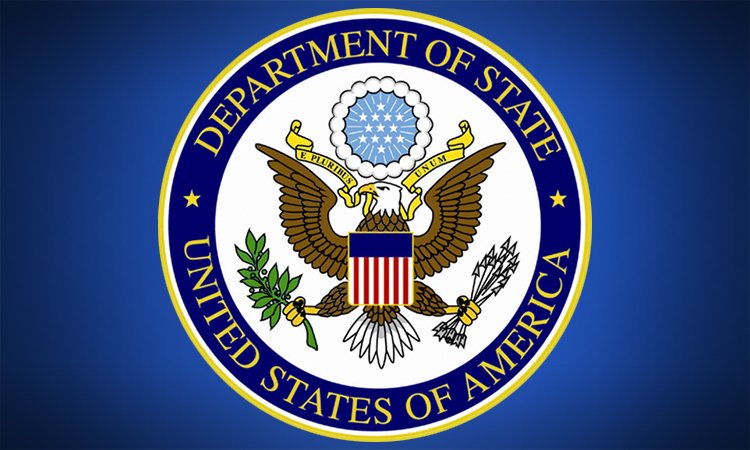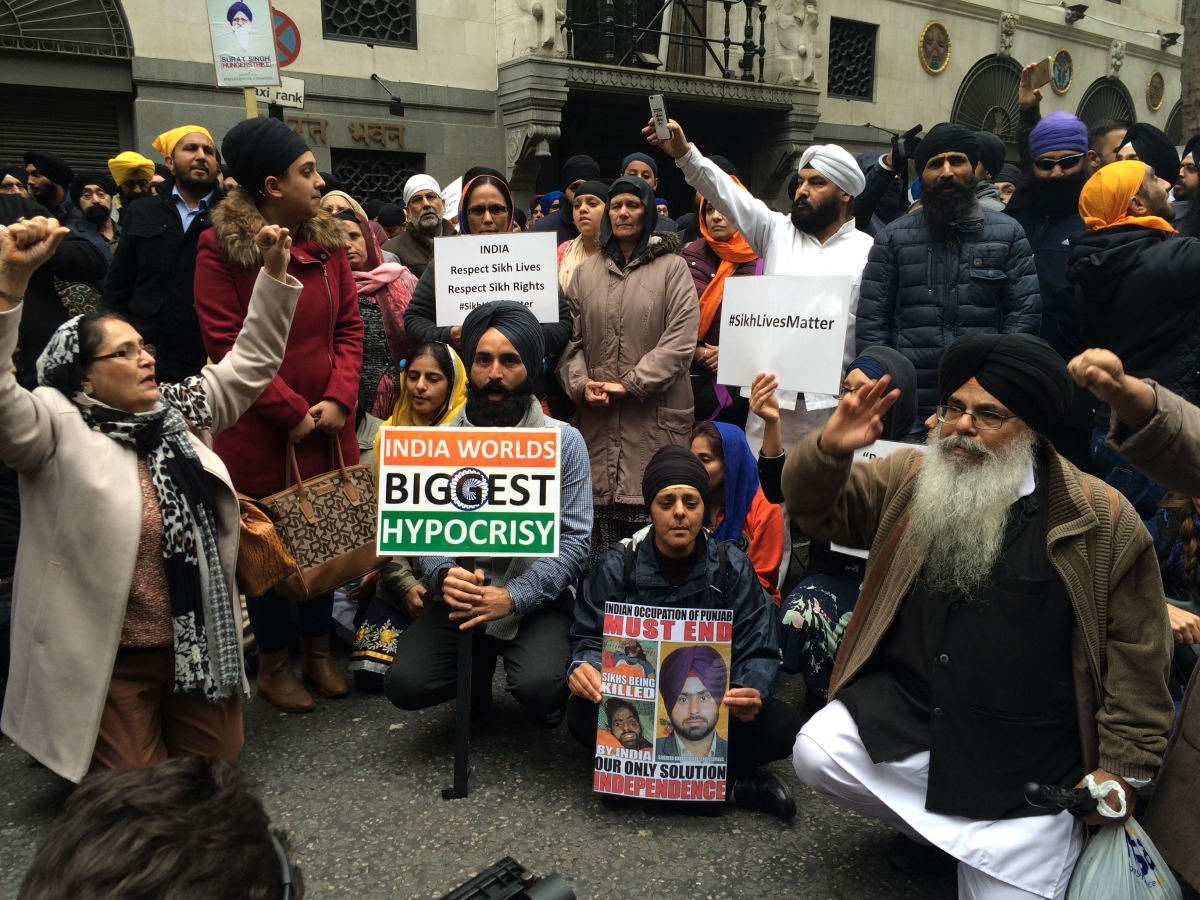By: Gautam Narula
India’s current government, led by the center-left Indian National Congress (INC), has been plagued by corruption scandals. The 2010 Commonwealth Games, held in India, embarrassed the nation as the extent of the corruption involved was revealed; rolls of toilet paper sold for as much as $80 each. The 2G spectrum scam, in which telecommunications rights were sold for a fraction of their true value and resulted in the loss of billions of dollars, infuriated the population. The Supreme Court forced out P.J. Thomas, the head of India’s anti-corruption body, on corruption charges. Prime Minister Manmohan Singh, respected for his supposed incorruptibility, has been slow to respond to these scandals, which have complimented the petty corruption that pervade everyday life. Transparency International, an anti-corruption watchdog, ranked India 87th of 178 countries in its annual Corruption Perception Index, with a score of 3.3 out of 10.
Kisan Hazare, popularly known as Anna (“big brother”), a 74 year old social activist, began a series of hunger strikes aimed at forcing the Indian parliament to pass his specific draft of a bill creating a powerful anti-corruption body. When the government responded with a weaker bill, Hazare planned to launch an indefinite hunger strike in the capital, New Delhi, on August 16, 2011. The police unwisely chose to arrest Hazare in an effort to muzzle him. Instead, Hazare’s arrest launched hundreds of demonstrations in cities around India and earned him widespread sympathy. After fasting for 12 days, Hazare and his supporters declared victory when the government agreed to Hazare’s demands on the bill.
As supporters around the nation cheered Anna’s victory, some began to question both the efficacy of his victory and the methods which he used. India already has anti-corruption bodies in place. Would adding another bureaucracy make any difference? More disturbing was Hazare’s image transformation into a saintly Gandhian with an almost cult-like following. Was it healthy for an anti-corruption movement to coalesce solely around one personality?
In India such movements, centered around one figure leading an idealistic crusade against an evil and corrupt government using the Mahatma’s methods, seem to occur on a cyclical basis. Hazare’s movement is reminiscent of one led by Jayaprakash “JP” Narayan in the early 1970s. Narayan’s credibility stemmed from his role in the Indian independence movement as well as his stature as an elderly Gandhian. His movement intended to create a “total revolution”– moral, social, and political—to combat the evils he perceived in government, fueled by yuva skukti (“youth power”). He launched a series of agitations — protesting against corruption, high food costs, inflation, unemployment, and other societal ills. He had several methods of protest. Along with hunger strikes, he promoted gheraos, where a large group of people will surround a politician’s house or a government building, preventing the occupants from leaving; the rasta roko and rail roko, where crowds blockade roads and railways respectively; bandhs,which were general strikes called by politicians and often enforced by hired thugs; and dharnas, agitations outside the institutions being protested. Opposition politicians, eager to exploit the opportunity to weaken the INC, signed on to the JP movement.
The movement brought down a few state governments and created a chaotic political atmosphere. It did eventually help the opposition coalition rout the INC in 1977, but the movement fizzled out and the coalition collapsed three years later, returning the INC to power. One Indian newspaper, The Hindu, could have easily been talking about Anna Hazare when it pondered
“whether a duly elected legislature should be dissolved just because a student’s agitation… demands it. Mr. Narayan [has] chosen to remain outside the mainstream of politics and thus shirked the responsibility to shape it and the country’s affairs… [and] now seeks to enter the house through the wrong door and even it bring it down on the heads of everybody… It is also clear that [what] inhibits the government’s firmer handling of the situation… is Mr. Narayan’s undoubted stature as an [upright] Gandhian… Should he virtually exploit such public standing to usher in what are disorder and disrespect for law and order and the democratic set-up as a whole?”
Should an unelected figure use emotional blackmail (which is essentially what a hunger strike is) to force a government to meet his demands, rather than use the normal democratic processes to effect change? Such techniques are the norm in India. Why lobby your elected officials to change something when you can shut the whole place down with a bandh and force them to do it? B.R. Ambedkar, the chief author of India’s constitution, warned of the “grammar of anarchy,” meaning the usage of Gandhian techniques to force change onto a democratic government. Democratic governance requires a strong respect for the rule of law; however, the independence movement was based on the defiance of the law and the rejection of governmental authority. Should the rural masses have any grievance with the government, they tend to address those grievances through methods which imply that their government had been imposed on them, as in the case of Gandhi, rather than democratically elected. More often, ambitious politicians, typically from one of the opposition parties, would foment rural discontent in an attempt to bring down the elected government. Politicians break the law, get arrested, and are released shortly afterward, gaining useful political leverage for their disregard of the law, all as a matter of routine.
If dime-a-dozen street movements aren’t the solution to India’s corruption problem, then what is? We should note that Indian courts, media organizations, social activists, the Internet, and new laws have exposed many corruption cases that may otherwise have gone unnoticed. Corrupt politicians often come to power by buying rural votes, either directly (there is a story of a south Indian politician offering televisions to any person who voted for him) or indirectly by promising heavy subsidies on food or fuel to poor villagers. Indians must realize that the most powerful tool against corruption is the ballot box, and that only organic, democratically created anti-corruption laws (such as the 2005 Right to Information Act) — rather than street movements that intend to eradicate corruption overnight — can effect real change. Unfortunately, in a country comfortable with chaotic protests and plagued by illiteracy and poverty, that is much easier said than done.

